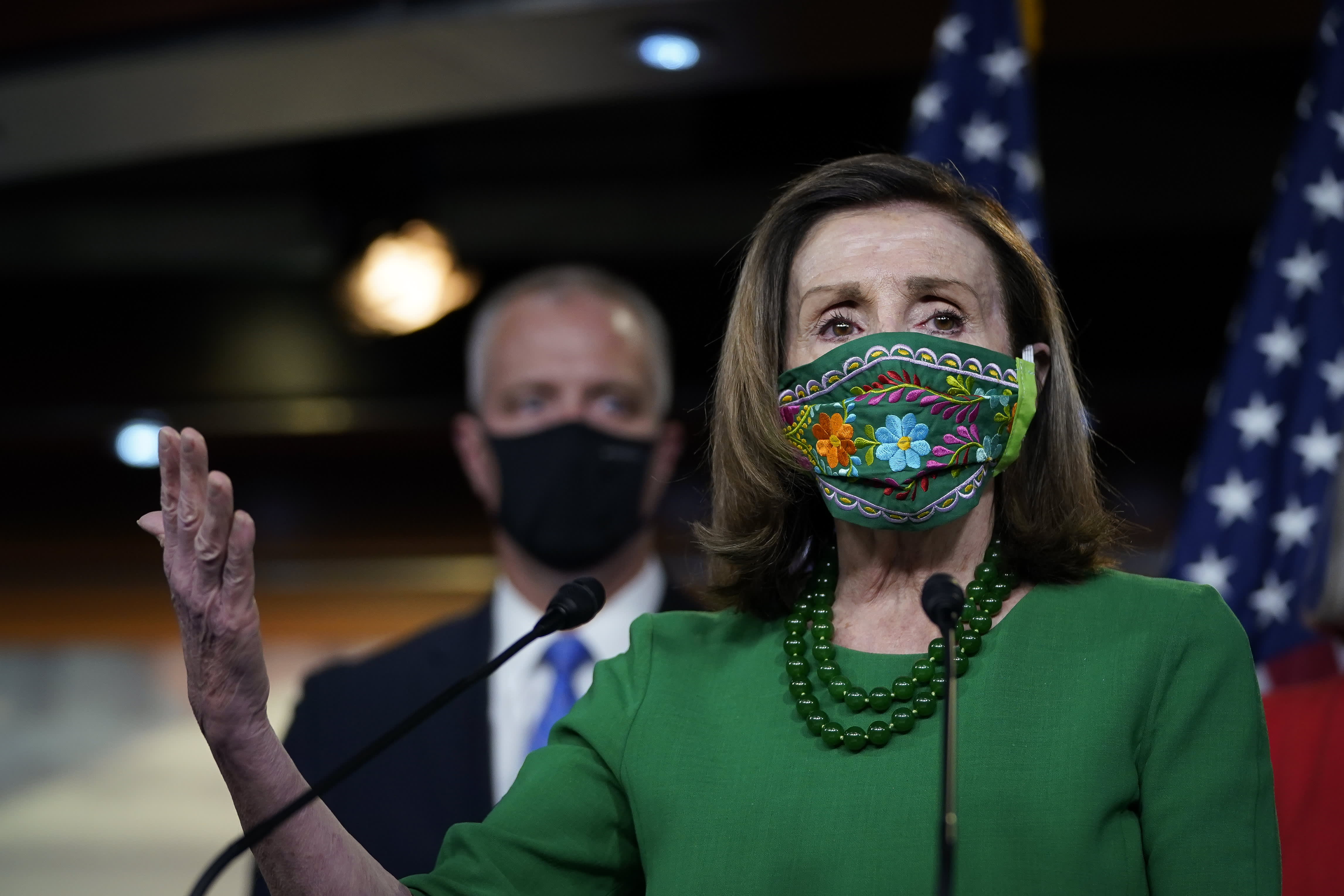
An estimated 11 million families are at risk of eviction, according to a new report from the Consumer Financial Protection Bureau (CFPB). The American Rescue Plan, which includes tens of billions in emergency rental assistance, could help many of them stay stably housed in the months to come, advocates say.
The CFPB’s report finds that 8.8 million renters and 2 million homeowners were “significantly” behind on their housing payments at the end of 2020. Mirroring the disproportionate impact of the coronavirus itself on communities of color, Black and Hispanic households were more than twice as likely to be behind than white households.
The report says that government policies, including stimulus payments, enhanced unemployment benefits and eviction moratoriums, have kept millions in their homes throughout the pandemic. However, the nationwide eviction ban expires at the end of March, and many key unemployment benefits expire by mid-month.
The next federal relief bill, passed early Saturday morning by House Democrats, would reinstate many of the provisions that kept cash-strapped families housed. It allocates $30 billion for emergency rental assistance and $10 billion for homeowner assistance, extends enhanced unemployment benefits through August and provides another stimulus check for many families.
“The American Rescue Plan Act provides urgently needed Covid-19 relief resources for America’s lowest-income renters and people experiencing homelessness,” says the National Low Income Housing Coalition (NLIHC). “If enacted, these investments will help prevent millions of low-income people from losing their homes during the pandemic.”
Notably, the bill does not extend the eviction moratorium because it is being passed via budget reconciliation in the Senate, says Diane Yentel, president and CEO of the NLIHC. The budget reconciliation process lets the upper chamber pass a bill with a simple majority rather than with 60 votes, but the legislation can only impact budget items, not implement policy changes like an eviction ban.
“This underscores the need for the Biden administration to take action to extend, strengthen and enforce the moratorium,” says Yentel.
Who qualifies for rental assistance
Still, the aid the House bill does provide is sorely needed by families at risk of eviction. You can qualify for the housing aid if you meet one of the following requirements:
- A tenant has qualified for unemployment benefits
- A tenant has experienced a financial hardship (including a loss of income) during the pandemic
- A tenant is at risk of experiencing homelessness or housing instability
- A tenant has a household income below 80% of the area median income (AMI), which varies by location
The relief can be applied to back or future rent or utility costs, and eligible households can qualify for 12 months (and up to 15 if deemed necessary) of assistance. How much a household qualifies for varies by state or locality and is based on their monthly rental payment, which they must verify with a lease or other document. States and localities will roll out the programs when the aid is finalized.
The aid is in addition to the $25 billion in emergency rental assistance provided by the relief bill signed into law in late December.
Don’t miss:
Check out: The best credit cards for building credit of 2021




